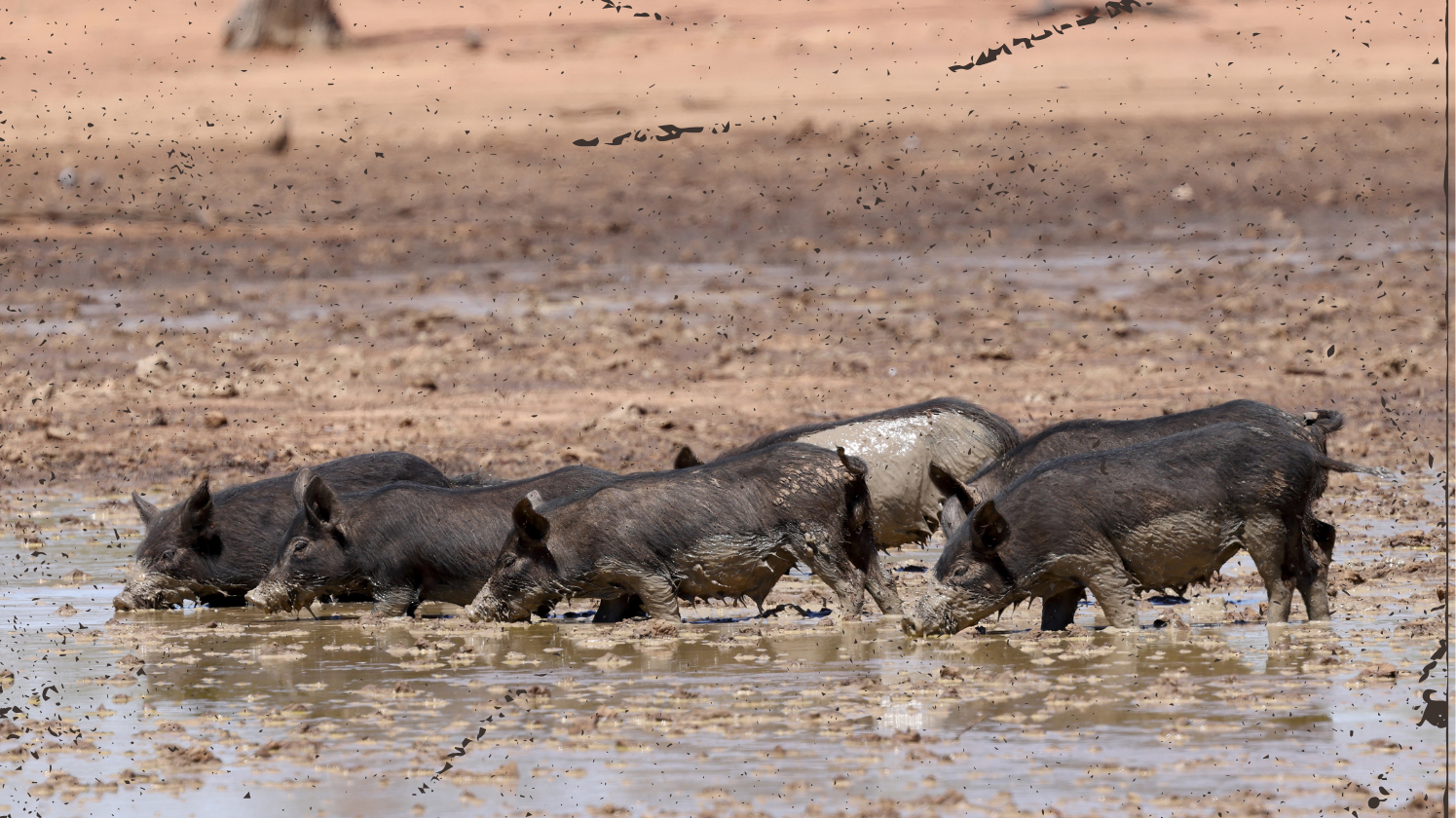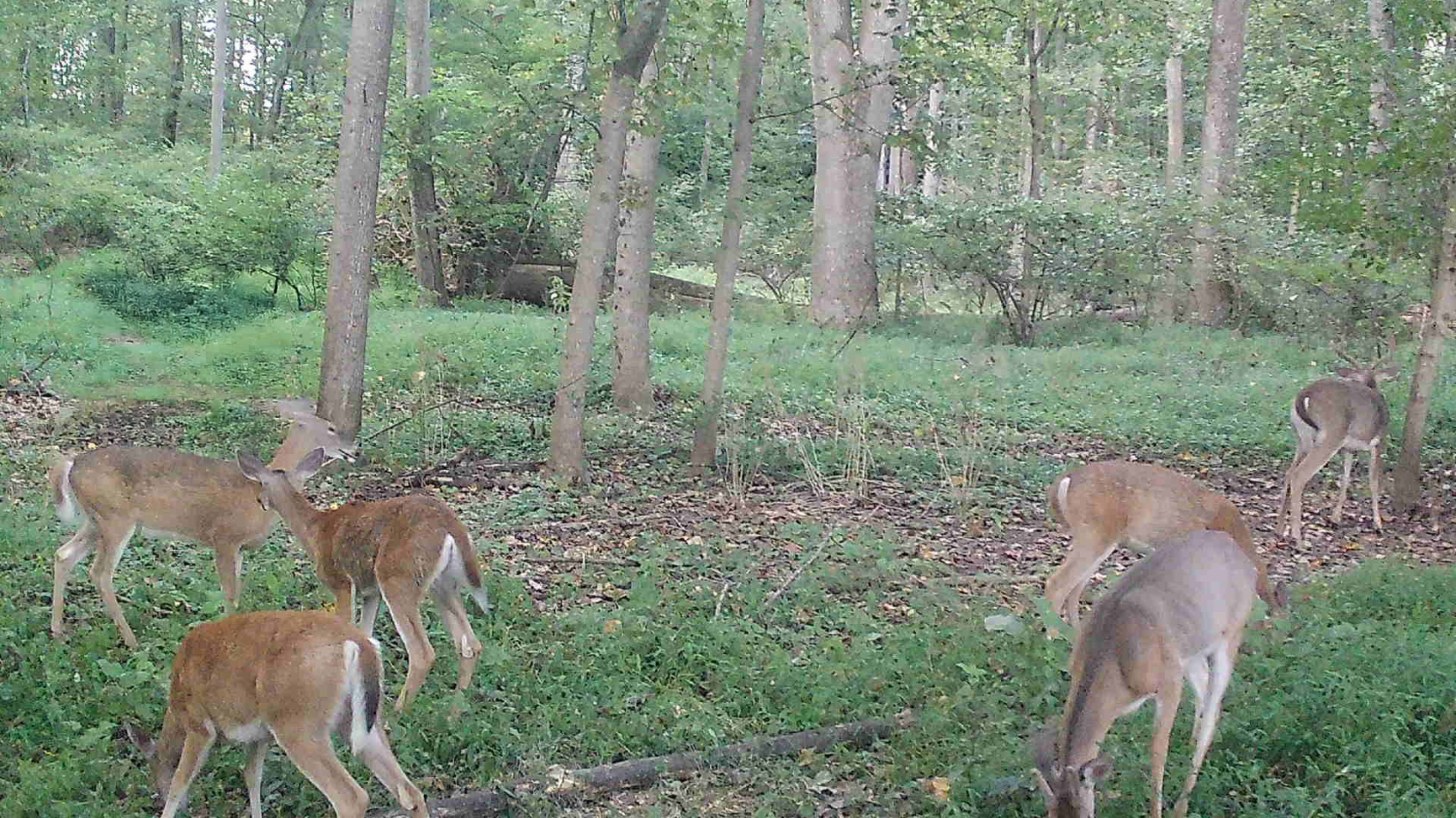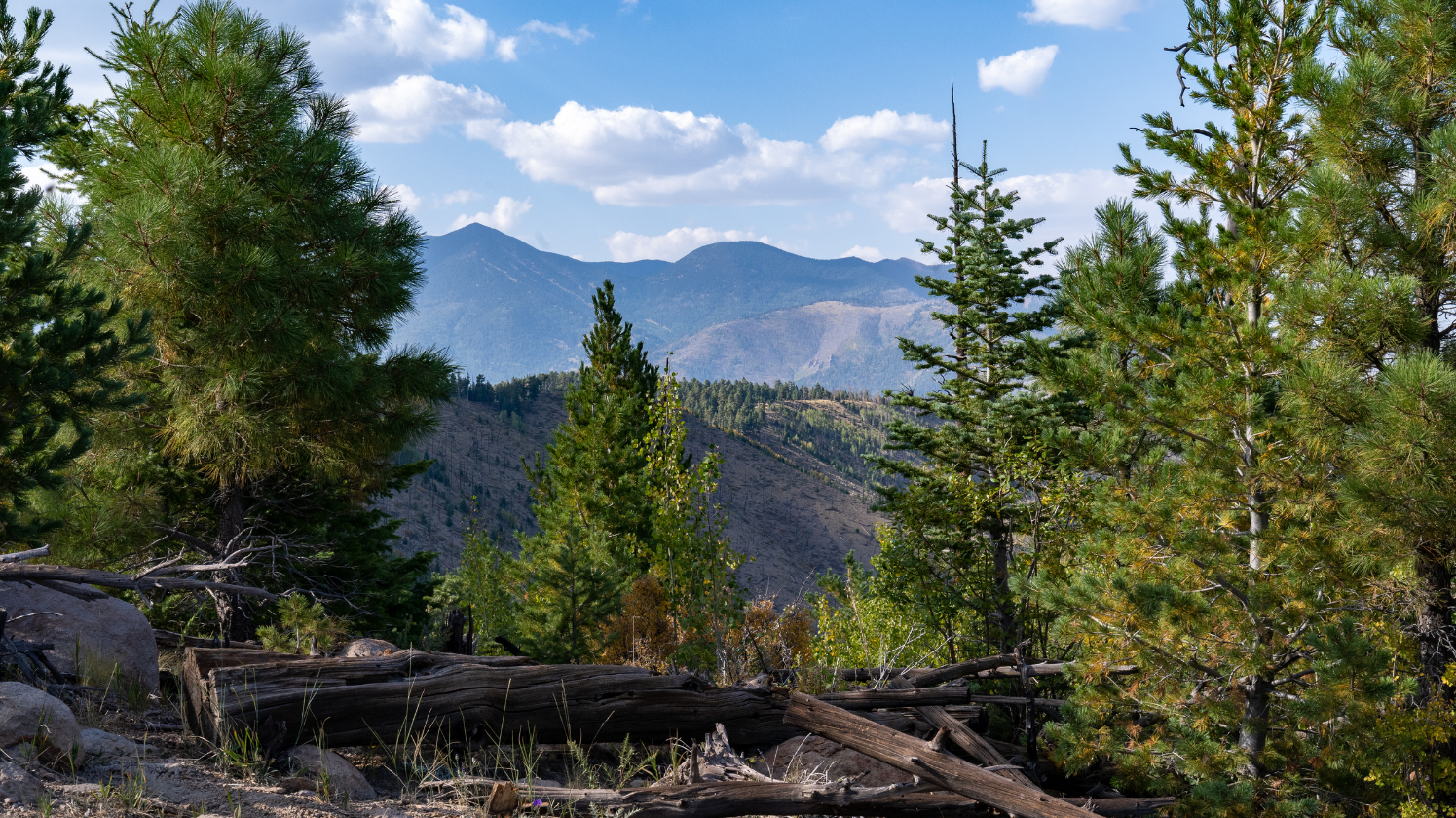Poisoned Feral Pigs in California: Blue-Meat Boars on the Monterey Range

Blue Meat Boars on the Monterey Range: A Poisoned Pork Problem
It’s late March on the Central Coast, and a seasoned trapper working near the Salinas River makes a find that stops him cold. Wild hogs with electric blue meat. Not bruising. Not some weird fungus. The muscle itself, fat marbled like a hunk of plastic playground equipment. The cause? Diphacinone, a dyed anticoagulant still legally used on some California farmland, even after a 2024 ban for most applications.
These are not barnyard porkers gone rogue. These are feral hybrids, super pigs with domestic DNA crossed with Eurasian wild boar. They often tip the scales at 200 pounds or more. They root, raid, and now, it seems, ingest poison-laced bait meant for rodents. That bait, dyed for visibility, leaves a telltale trail. Bright blue tissue that says do not eat.
Vince Bruzzone of Full Boar Trapping and Wildlife Control confirms it’s not a one-off. These tainted hogs are showing up across Monterey County agricultural zones. His advice to hunters and landowners is simple. If the meat is blue, bag it and bury it. Do not feed it to the dog. Do not leave it for scavengers. Do not mess around.

The Loophole That Keeps the Poison Flowing
California passed restrictions on second generation rodenticides in 2024 after years of pressure from conservationists. But diphacinone, an older first generation poison, slipped through the cracks. Still approved for agricultural use, it is now making its way into the wrong parts of the food chain.
A 2018 study found rodenticide residues in over 8 percent of wild pigs tested and a staggering 83 percent of black bears, especially those near farmland. The risk? These toxins linger in the liver and fat, dyed or not. You may not see them, but they are still there.
Why This Should Matter to Hunters Like Us
- Toxic Trophies: Feral hogs are taken for food, sport, and population control. If that meat turns up on someone’s table, human or animal, and it has been dosed, the consequences can be deadly.
- A Swelling Surge: Heavy winter rains mean bumper crops of acorns, roots, and native forage. Hog numbers are climbing fast across California. More poisoned pigs are bound to follow.
- Environmental Chaos: These animals are not just a nuisance. They shred creek banks, destroy nesting grounds, carry disease, and spread invasive plant species. And now, they may also be walking biohazards.
The Wild Resilience of a Four Legged Wrecking Ball

There’s a reason these hogs are in 56 of California’s 58 counties and pushing deeper into new terrain every year. They are survivors. They thrive in vineyards, foothills, cattle range, and even close to suburbia. Shoot one and three more fill the gap. Fence them out and they dig under. Trap them and they wise up fast.
But now we are facing a more complicated enemy. These pigs are not just tough. They may be toxic. The problem is not just what they do. It is what they carry. From salmonella and leptospirosis to E. coli and rodenticide, wild hogs are a biological battering ram.
They rip up water systems, destroy crops, and infect native species. Thanks to patchwork policy and outdated poison, they are now posing a direct risk to the food chain.
The JBicklesbee Take
If you see blue meat, walk away. If you shoot a hog in a known agricultural corridor, be cautious. We hunt for the stories, for the tradition, and for the table. But the table needs to be safe. This is not fearmongering. It is fact.
Until the laws catch up, the rest of us, the boots on the ground folks who track, trap, and dress these animals, need to carry the weight. Field dress smart. Dispose responsibly. Spread the word.
Because next time, it might not be bright blue. It might look just fine, and still be poisoned.
What’s Your Take on California’s Poisoned Feral Pigs?
If you’ve ever field dressed a hog, tracked sounders through coastal scrub, or just care about the health of the land, this story hits close. Poisoned pork, legal loopholes, and wild pigs pushing deeper into native territory — it’s the kind of thing every outdoorsman should be aware of.
Have you seen signs of feral pig damage where you hunt? We’d love to hear from you. Tag us on social @JBicklesbee or drop a comment with your stories, thoughts, or questions.
For more boots-on-the-ground stories like this one, check out the JBicklesbee News page and subscribe to our newsletter. You’ll get first



